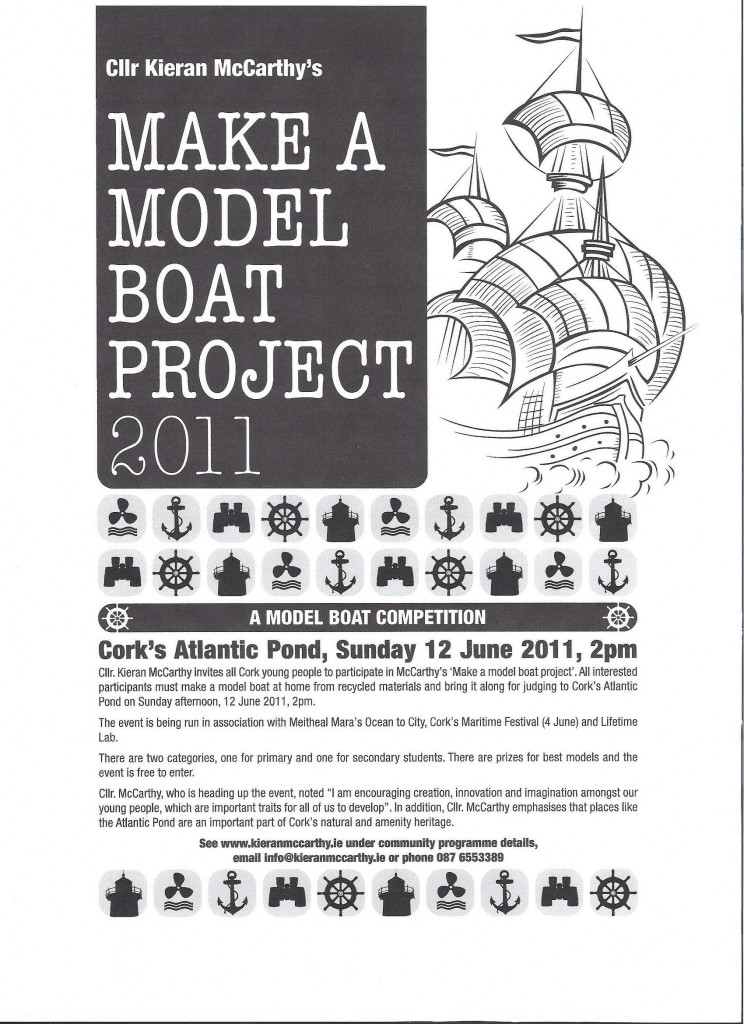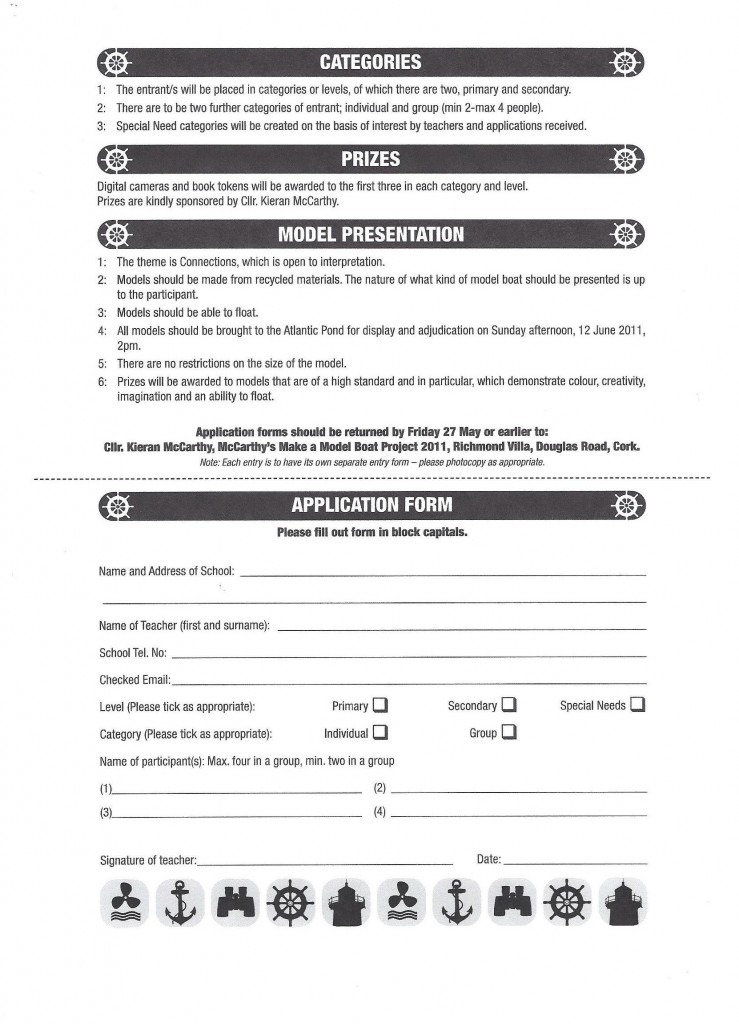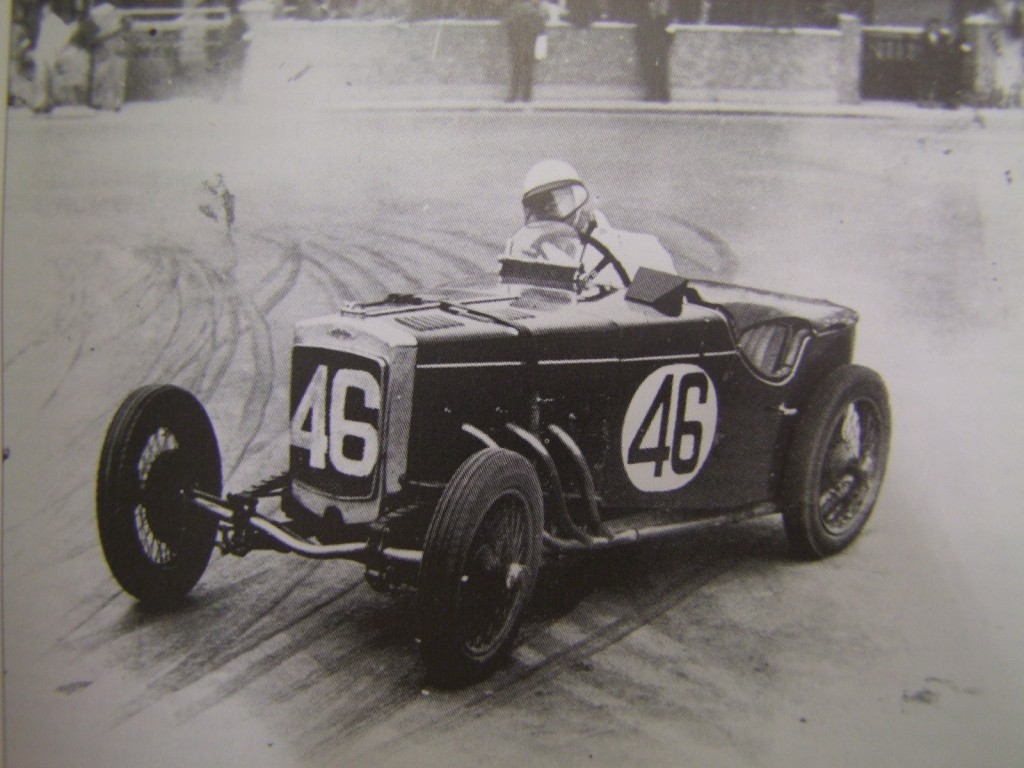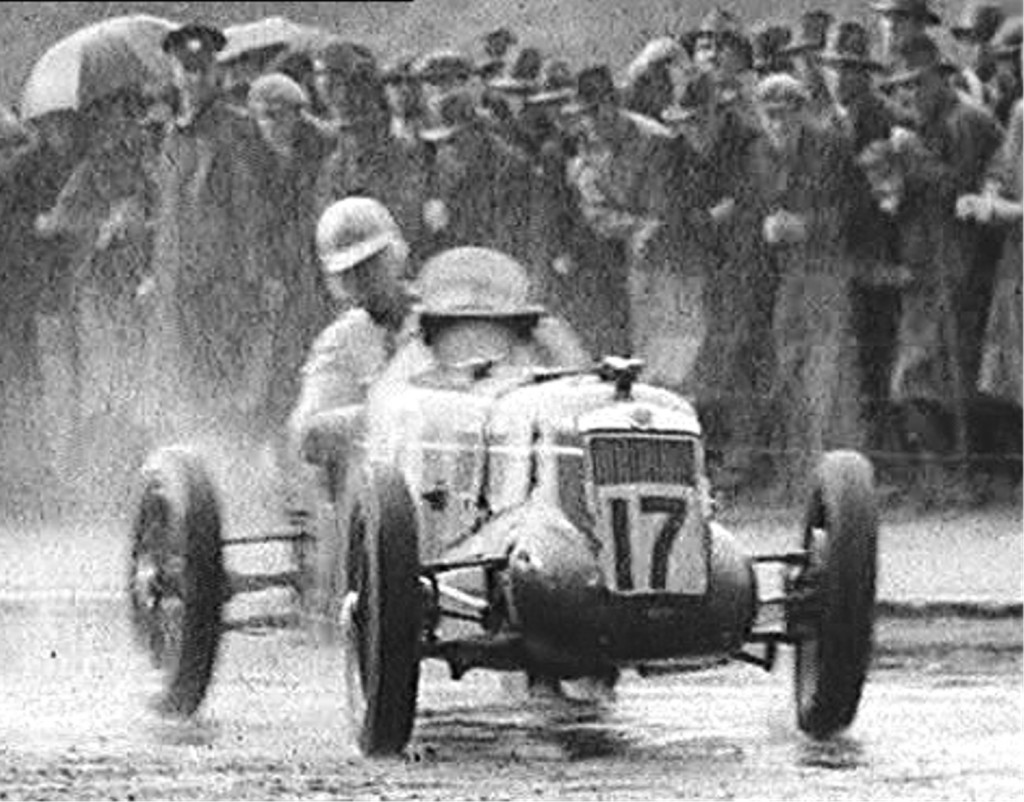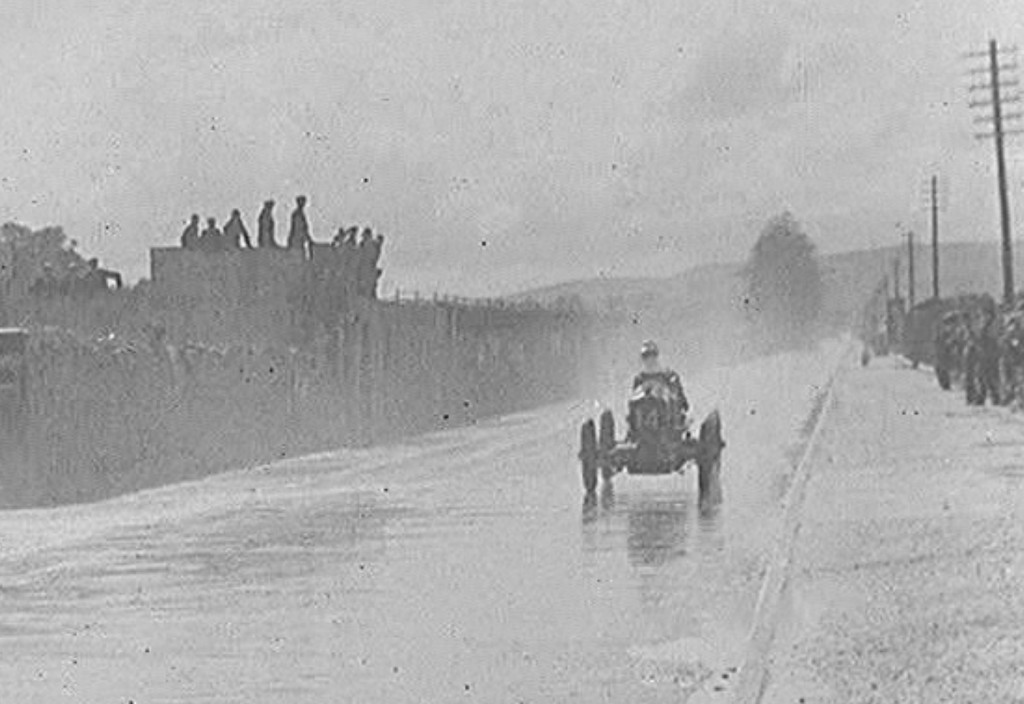Another year, well done to all the students involved in the Discover Cork: Schools’ Heritage Project 2011! Results below for the county schools. The award ceremony was last Thursday, 5 May, 2011 at 7pm in Silversprings Convention Centre, Cork! Thanks to the sponsors, Students, Schools, Kieran McCarthy, Mervyn Horgan of Lifetime Lab, Cork and Sean Kelly of Lucky Meadows Equestrian Centre, Watergrasshill
Fourth Class Individual:
1. Ronan Quirke, Emigration from Kinsale in the 1940s, Gaelscoil Charraig Uí Leighin, Co. Chorcaí (teacher: B. O’Muirgheasa)
2. Meadbh O’Riordan, My Family Connection with Kilmichael Ambush, Muinefliuch N.S., Macroom (teacher: E. Foley)
3. Lauren Healy, Carrigadrohid Dam, Muinefliuch N.S., Macroom (teacher: E. Foley)
4. Laura Phelan, St Finbarr & the Battle of Kilnaglory, Gaelscoil Charraig Uí Leighin, Co. Chorcaí (teacher: B. O’Muirgheasa)
5. Fionn Heffernan, The Port of Cork, Muinefliuch N.S., Macroom (teacher: E. Foley)
Fourth Class Group:
1. Cillian Fitzpatrick, Ray Shanahan, Evan Browne, Reenacreena Stone Circle, Reenacreena N.S. (teacher: M.Ronan)
2. Anna Hourihane, Ava Jones, Ellen O’Driscoll, Lorna O’Brien, The History of Reenascreena Village, Reenascreena N.S. (teacher: M. Ronan)
3. Aodhbha Pleimionn, Aoife Gallagher, Ballea Castle, Gaelscoil Charraig Uí Leighin, Co. Chorcai (teacher: B. O’Muirgheasa)
4. Cathal Creedon, Christopher Scanlon, Eddie Duggan, Seán O’Leary, Archaeological Sites in our Area, Muinefliuch N.S., Macroom (teacher: E. Foley)
5. Eamonn Shanahan, Jack O’Sullivan, David O’Regan, Peter Óg Hill, Farming in Reenascreena, Reenacreena N.S. (teacher: M.Ronan)
Fourth Class:
1. Cork City Bridges, Scoil Nioclais, Frankfield (teacher: M. O’Brien)
2. Gaeilscoil Charraig Uí Leighin, Co. Chorcai, 25 Bliain ag Fás, Gaelscoil Charraig Uí Leighin, Co. Chorcaí (teacher: B. O’Muirgheasa)
3. The Summit of Desertserges, Ahiohill N.S. (teacher: C. McCarthy)
4. The Famine in West Cork, Castlelack N.S., Bandon (teacher: V. Vaughan)
5th / 6th Primary Individual:
1. Matty Casey, Art Ó Laoghaire, Muinefliuch N.S., Macroom (teacher E. Foley)
2. Eabha Landers, A Scrapbook Through Time, Riverstown N.S. (teacher: D. Fitzgerald)
3. Michelle Lehane, The History of Fortgrady & Knockbrack Ambush, St. Brendan’s N.S., Rathcoole (teacher: M. O’Brien)
4. Lily Carey, My Family History, Castlelack N.S., Bandon (teacher: V. Vaughan)
Joint fifth:
Jake Adair, My Family History, Muinefliuch N.S., Macroom (teacher: E. Foley)
Gerard O’Hanlon, Kilcorney Creamery, St. Brendan’s N.S., Rathcoole (teacher: M. O’Brien)
5th / 6th Primary Group:
1. Michelle Crowley, Alexandra Lehrell, Killinardrish House and Gardens, Canovee N.S. (teacher: E. McCarthy)
2. Helen Dunne, Angie Moynihan, Shaunagh O’Sullivan, Shauna Lyons, Bawnatemple Graveyard, Canovee N.S. (teacher: E. McCarthy)
3. Jake Mulley, Aoibhne Creedon, Bawnmore Creamery, Muinefliuch N.S., Macroom (teacher: E. Foley)
4. Ava Long, Ellen Sheehan, Laura O’Dwyer, Mushera Mór & Mushera Beag, St. Brendan’s N.S., Rathcoole (teacher: M. O’Brien)
5. Ciaran Welband, Conor Frost, Peter Whelton, The Great Famine in West Cork, Ardfield N.S., Clonakilty (teacher: O. Whelton)
5th / 6th Primary Class:
1. Early West Cork Settlers, Ardfield N.S., Clonakilty (teacher: O.Whelton)
2. The Parish of Leap and Glandore, The Prides of Our Parish, Glandore N.S. (teacher: N. Whelton)
3. Classic Crosshaven, Scoil Bhríde, Crosshaven (teacher: S.O’Connor)
4. Derry Castle, Ahiohill N.S. (teacher: C. McCarthy)
Joint fifth:
5.Rosscarbery, Small Town, Proud People, A Heritage Tour, Glandore N.S. (teacher: N. Whelton)
5.Times Past in Whitegate, Whitegate N.S. (teacher: N. Mulcahy)
Junior Certificate Individual:
1. Naoise Ducker, The Legend of Priest’s Leap, St. Goban’s College, Bantry (teacher: J. Warren)
2. Cathal Hurley, West Cork Railway, St. Goban’s College, Bantry (teacher: J. Warren)
3. Niamh Buttimer, An Irish Man, Dr. Pat O’Callaghan, St. Goban’s College, Bantry (teacher: J. Warren)
4. Andy Forsythe, Kilmichael, St. Francis College, Rochestown (teacher: E. Henchion)
Junior Certificate Group:
1. Michael Healy, Madi McKenzie, Nathan Swanton, Aaron Barry, Bantry Fair Day, Then and Now, St. Goban’s College, Bantry (teacher: J. Warren)
2. Kate Mulcahy, Aoife Heffernan, Zoe Sohun, Our Project is on Conna Castle, Loretto Secondary School, Fermoy (teacher: M. Walsh)
3. Laura Ahern, Marie Clare Caplice, The Life, Work and Residence of Elizabeth Bowen, Loretto Secondary School, Fermoy (teacher: M. Walsh)
4. Clodagh Maye, Kate Enright, The History of Loretto Secondary School, Loretto Secondary School, Fermoy (teacher: M. Walsh)
Leaving Certificate Individual:
1. Radek Zuk, Roots in Gryfow, Branches in Mallow, Davis College, Mallow (teacher: C. Stanton)
2. Orla O’Connor, The History of the O’Keeffe Family, Davis College, Mallow (teacher: C. Stanton)
3. Ciaran McCarthy, Guide to the Boggeragh Mountains, Davis College, Mallow (teacher: C. Stanton)
Leaving Certificate Group:
1. Jamie O’Sullivan, Barry O’Neil, Ballyclough, Davis College, Mallow (teacher: C. Stanton)
2. 2. Cathal McGrath, Stuart Dineen, Peter Foyle, Finbarr Carroll, The Building and Areas of Mallow, Davis College, Mallow (teacher: C. Stanton)
Leaving Certificate Class:
1. Heritage Trails of Crosshaven, Transition Year Group (teacher: P. O’ Connell)
Community Heritage Awards
Margaret McElroy, My Grandmother, Muinefliuch N.S. (teacher: E. Foley)
Mathew Flynn, Dylan Trindles, A History of the Lower Harbour of Cork, Whitegate N.S. (teacher: F. Cavallo)
Best Model Entry (sponsored by Stephen Pearce Pottery)
1. Aideen Butler, Clonakilty Junction, Ardfield N.S., Clonakilty (teacher: O.Whelton)
Best Overall School Effort
Gaelscoil Charraig Uí Leighin
